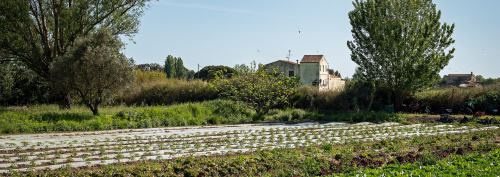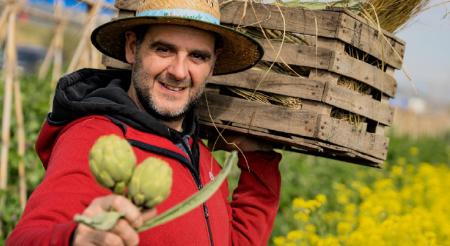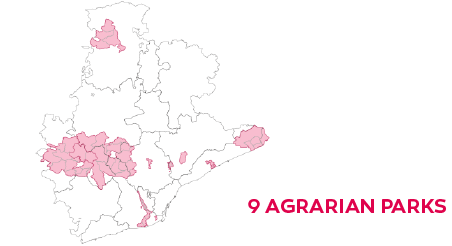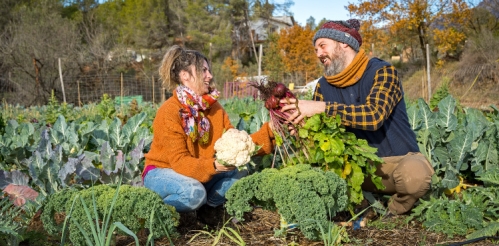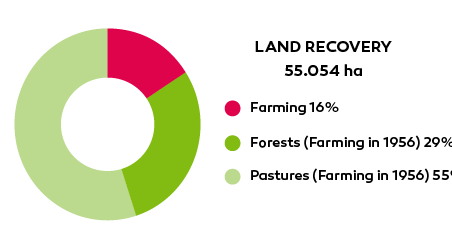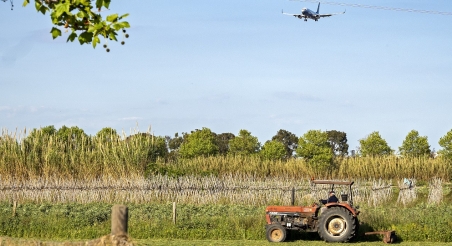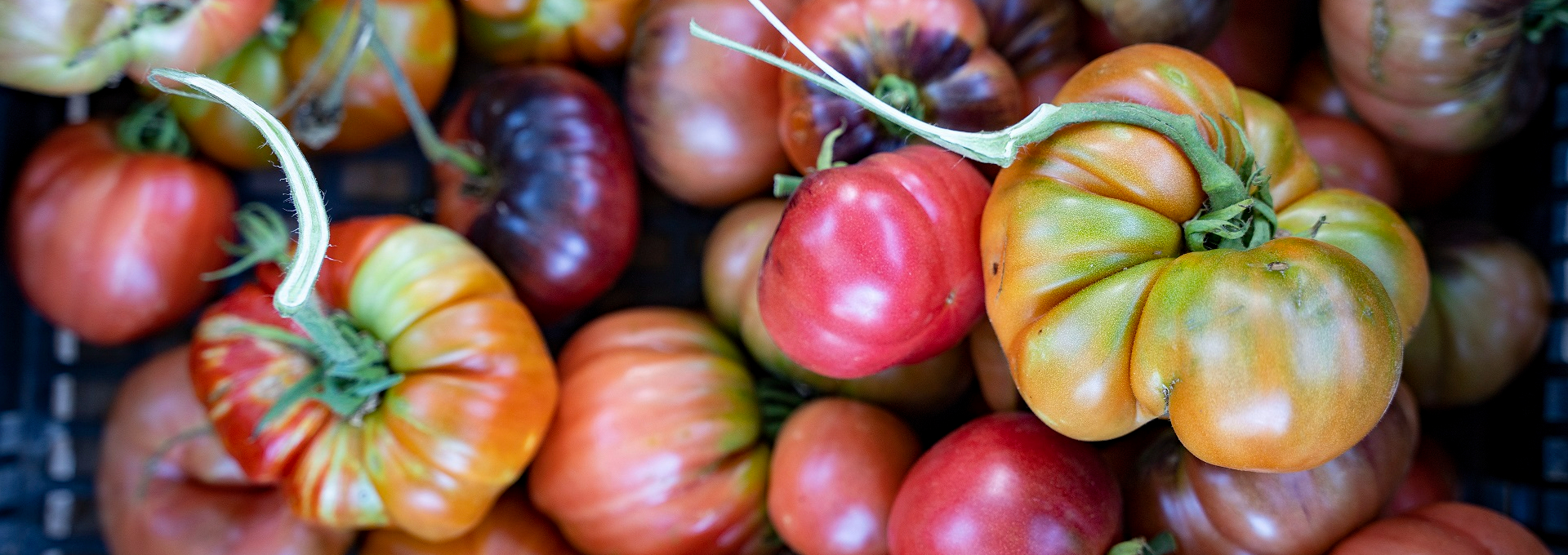
Territorial action plan for organizing and revitalizing the Horta de Valencia
The Territorial Action Plan for the organization and revitalization of the Horta de Valencia aims to preserve the Horta as an integrated productive, environmental and cultural system, the key element of which is farming. The plan does not seek to protect the Horta from a museum and petrified vision of this space, but through the configuration of a living, productive, profitable and sustainable space from the triple economic, environmental and social dimensions.
Agricultural landscapes have been undergoing a strong transformation throughout Europe and especially in the Mediterranean arc, where the disappearance of agricultural land that is transformed or abandoned has increased significantly. The Valencian region is among the areas in which more agricultural land has disappeared (compared to the European average) to be replaced by urban uses.
The Horta de Valencia is an agricultural space, a unique cultural landscape, which despite its importance in terms of Valencia's food sovereignty and the ecosystem services it provides has been threatened by several external and internal factors: a strong pressure urban planning, the difficulties in guaranteeing the viability of agricultural activity and the lack of generational relief (among others).
The first attempts to protect the Horta from the administrations began in the nineties (for example, it was mentioned in the Green Plan of the city of Valencia). It was also a public demand for many years, with a peak in 2001 with the presentation of an ILP for the protection of the Horta with more than 117,000 signatures.
2005 was when the Government of the Generalitat of Valencia started working on a new territorial planning plan for the Horta and when the Territorial Action Plan for the planning and revitalization of the Horta began to be devised from Valencia Among others, this plan had as its main points the protection of agricultural land, the inclusion of the Horta in the green infrastructure and the dynamism of agricultural activity.
- Modify the current development model under sustainability guidelines.
- Maintain agricultural activity and the Horta landscape.
- Revitalize the Horta by introducing new economic activities.
- Protect and value the resources of the Horta.
- Promote the use and public enjoyment of the Horta.
- The importance of coordination between the PAT and the Horta de Valencia Agricultural Development Plan (PDA).
- The importance of the landscape study and the environmental assessment, which were key references in the entire decision-making process to define the territorial planning action plan (through the definition of the various typologies landscape of Horta, the creation of an inventory of cultural and heritage assets, the identification and description of key infrastructures, such as the irrigation system, etc.).
- The importance of participatory processes in the planning of the territory and in the governance of spaces such as the Horta, since they allow generating more social consensus and also widely disseminating the proposal.
It is a long process and it is difficult to determine the initial budget. It was mainly allocated to human resources: on the one hand, the Ministry's technical staff, and, on the other, the reports and advice entrusted to external entities.
In 2018, when the territorial action plan was approved, a budget item was foreseen to implement the actions prioritized in the agricultural revitalization plan.
It wasn't until the management body for these actions (the Orchard Council) was set up, in 2019, that this budget really began to be managed, for which they were foreseen (depending on the year ) between one and two million euros per year.


